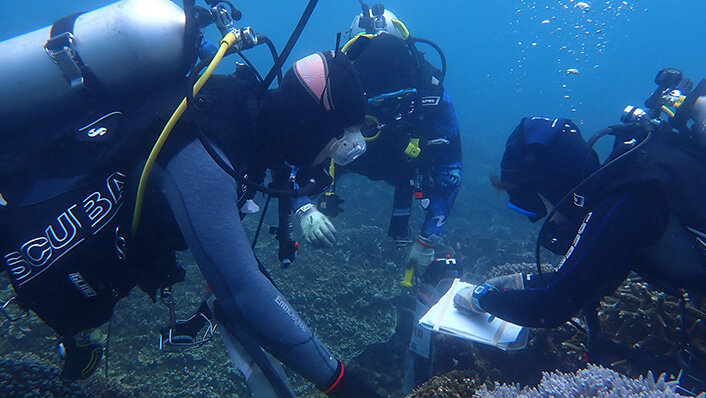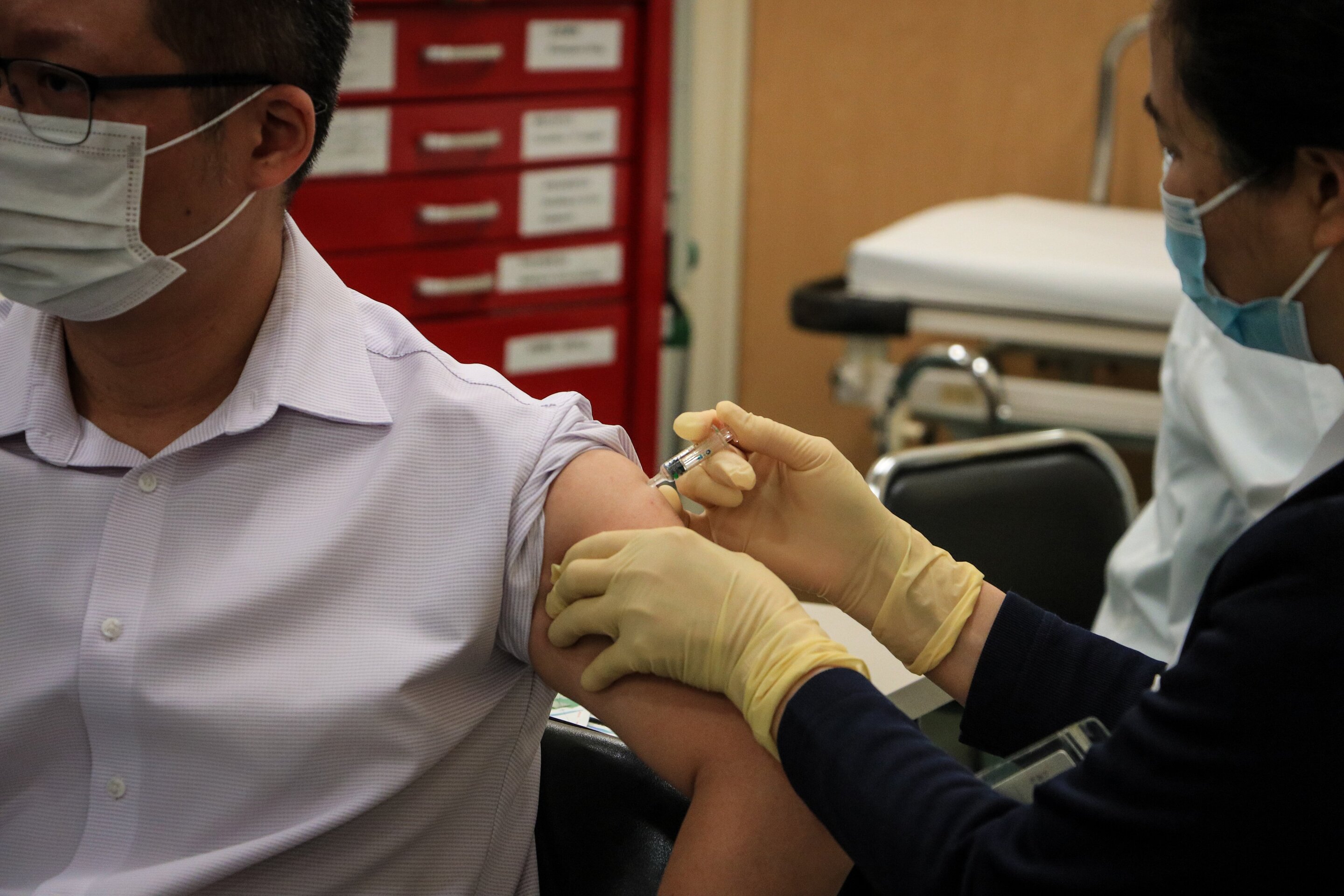#What’s riskier for young soccer players, practice or game time?

“#What’s riskier for young soccer players, practice or game time?”

For young soccer players, participating in repetitive technical training activities involving heading during practice may result in more total head impacts but playing in scrimmages or actual soccer games may result in greater magnitude head impacts. That’s according to a small, preliminary study released today that will be presented at the American Academy of Neurology’s Sports Concussion Conference, July 30-31, 2021.
“Headers are a fundamental component to the sport of soccer. Therefore, it is important to understand differences in header frequency and magnitude across practice and game settings,” said study author Jillian Urban, Ph.D., MPH, of Wake Forest School of Medicine in Winston-Salem, N.C. “Practices are more amenable to change than games. Therefore, understanding how we can restructure practice to reduce head impact exposure while teaching fundamental skills needed to safely play the sport is critical to improving head impact safety in the sport.”
The study followed eight soccer players who were ages 14 and 15 for two seasons. Players wore a custom-fitted mouthpiece sensor during all practices and games. Researchers recorded all activities on the field with a time-synchronized camera, and identified each time head contact was made.
Head impact exposure was quantified in terms of peak head motion and impacts per player per hour, or impact rate. The amount of time an athlete was exposed to an activity was also evaluated. Researchers then compared impact rates across activity types which ranged from 0.5 head impacts per player hour to 13.7 head impacts per player hour.
Researchers saw a similar number of player-to-player contacts happening during technical drills, team interaction and game play. Technical training activities like heading the ball and practicing ball-control and dribbling were associated with an average impact rate of 13.7 head impacts per player hour. Team interaction activities such as small-sided games in practice were associated with an average impact rate of 0.5 head impacts per player per hour, which was slightly lower than the 1.3 head impacts per player hour observed during games.
Researchers also looked at average rotational head motion, which ranged from 500 radians per second squared (rad/s2) to 1,560 rad/s2, with higher numbers signifying greater magnitude head impacts. Technical training was associated with an average magnitude of 550 rad/s2, while team interaction and games were associated with an average rotational head motion of 910 rad/s2 and 1,490 rad/s2, respectively.
“If the goal is to reduce the number of head impacts a young soccer player may get on the field, our findings suggest the best way may be to target technical training drills and how they are distributed within a season,” said Urban. “However, if the goal is to reduce the likelihood of players sustaining head impacts of greater magnitude, then the best bet may be to look at factors associated with high-magnitude head impacts that can occur during scrimmages and games.”
A limitation of the study is the small number of players involved.
Researchers identify head impact rates in four major high school sports
Conference link: www.aan.com/conferences/sports … ncussion-conference/
Citation:
What’s riskier for young soccer players, practice or game time? (2021, July 23)
retrieved 24 July 2021
from https://medicalxpress.com/news/2021-07-riskier-young-soccer-players-game.html
This document is subject to copyright. Apart from any fair dealing for the purpose of private study or research, no
part may be reproduced without the written permission. The content is provided for information purposes only.
If you liked the article, do not forget to share it with your friends. Follow us on Google News too, click on the star and choose us from your favorites.
For forums sites go to Forum.BuradaBiliyorum.Com
If you want to read more Like this articles, you can visit our Science category.




